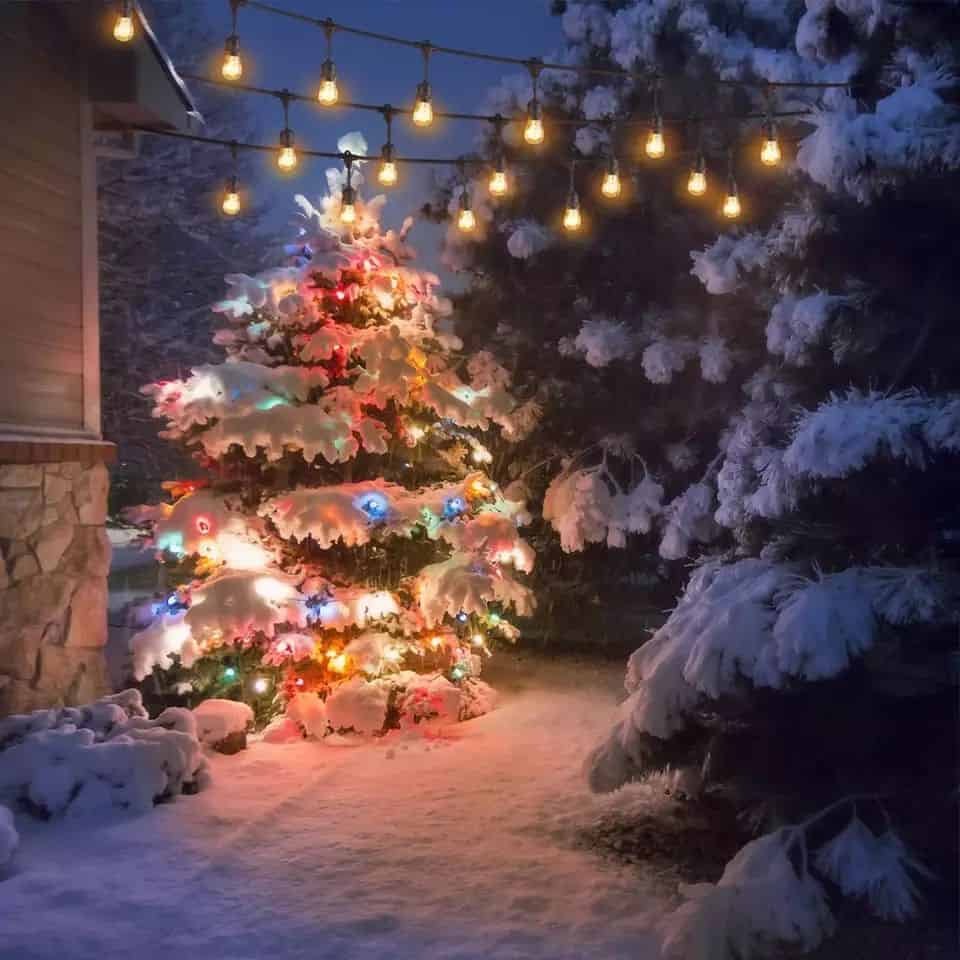Based on my experience, here are 8 tips to help you select the right light bulb socket for your bulbs:
-
Check the bulb base type
The first step in selecting the right light bulb socket is to check the base type of your bulbs. The most common base types are E26, E27, and GU10. Each base type is designed to fit a specific type of bulb, so it is important to ensure that the socket you select matches the base type of your bulbs.
-
Consider the wattage rating
Another important factor to consider when selecting a light bulb socket is the wattage rating. Different sockets have different maximum wattage ratings, so it is important to select a socket that can handle the wattage of your bulbs. Using a socket with a lower wattage rating than your bulbs can lead to overheating and damage to the socket.
-
Choose the right socket material
Light bulb sockets are typically made from materials such as plastic, porcelain, and metal. The material you choose will depend on your specific needs. Plastic sockets are lightweight and affordable but may not be as durable as porcelain or metal sockets. Porcelain sockets are heat-resistant and durable, making them a good choice for high-temperature applications. Metal sockets are also durable and can withstand high temperatures, but they may be more expensive than plastic or porcelain sockets.
-
Consider the socket size
Light bulb sockets come in different sizes, so it is important to select a socket that matches the size of your bulbs. The most common socket sizes are medium (E26/E27) and candelabra (E12). Be sure to check the size of your bulbs before selecting a socket.
-
Look for sockets with a locking mechanism
If you are using your light bulbs in areas with high vibration or movement, such as ceiling fans or outdoor lighting, you may want to look for sockets with a locking mechanism. These sockets have a locking screw that secures the bulb in place, reducing the risk of the bulb coming loose and falling out.
-
Consider the shape of the socket
Light bulb sockets come in different shapes, including round, oval, and rectangular. The shape of the socket will affect how the bulb is oriented and how the light is dispersed. Be sure to choose a socket that matches the shape of your bulbs.
-
Look for sockets with adjustable brackets
If you are using your light bulbs in a fixture with an adjustable bracket, such as a track light or spotlight, you may want to look for sockets with an adjustable bracket. These sockets allow you to adjust the angle of the bulb, allowing you to direct the light where you need it.
-
Check for compatibility with dimmer switches.
If you plan to use your light bulbs with a dimmer switch, be sure to select a socket that is compatible with dimmer switches. Not all sockets are designed to work with dimmer switches, so it is important to check for compatibility before making your selection.
Since the development of the light bulb in the late 1890’s, little has changed to the basic form of lamp sockets. There are slight variations in the sockets as discussed below.
The size and materials used for lamp sockets are regulated by Underwriters Laboratories (UL) and are referred to as “lamp holder“.
Match the Lamp Holder
Think Size, Shape, Style, Color. Larger lamp bases require larger shades. Square bases may look better with a square shade. Victorian bases need a Victorian shade, etc. The goal is to match the style, or “mood” of the base.
Light bulb socket Terminology:
1)Material – What the socket is made with. examples: metal, porcelain, and plastic.
2)Cap – The exterior base of the socket, locks into the shell
3)Shell – The exterior top of the lamp socket, locks into the base
4)UNO Thread – A tapped portion of the shell for connecting a lamp shade with an UNO fitter
5)Mogul – A large specialty socket made for Mogul bulbs, found mostly in floor lamps
6)Keyless – A socket that does not have a switch in the socket body, used with cord switches or chandeliers
7)Push Through – Toggle switch in the socket turns on/off by pushing the rod of the switch
8)Pull Chain – Socket switch operated by pulling the connected chain.
















